Nam Hai Whale Temple (Long Thuy Temple) in Long Thuy village, An Phu commune, Tuy Hoa city is one of the typical whale worshiping relics in Phu Yen .
This is a religious institution that was born along with the formation of Long Thuy village, playing a very important role in the religious and spiritual life of local people, bearing the identity of the fishing community.
Place to preserve beliefs and customs of whale worship
As a place where the Long Thuy village community performs spiritual and religious activities related to fishing activities at sea, Ong Nam Hai Tomb is a type of historical and cultural relic, a testament to the formation process of the Vietnamese community in Phu Yen land.
Every year, in the middle of the sixth lunar month, the Cau Ngu festival takes place here with unique and attractive rituals, attracting the attention and participation of many people.
Hundreds of years ago, when the Vietnamese community was formed in Long Thuy, a number of structures serving spiritual beliefs were built such as: a communal house to worship Thanh Hoang, a barn for community activities, a shrine to worship Bach Ma, Thuy Long Than Nu, and a mausoleum to worship Nam Hai. Of these, the mausoleum to worship Nam Hai is the most important relic to the spiritual life of the residents in this coastal village.
Currently, there is no written documentation to determine the specific time of construction of the tomb, but based on oral documents, survey of material traces at the site and according to some elderly fishermen, Long Thuy tomb was built in the early 19th century.
The mausoleum has a house-frame architecture (commonly known as a truss) made of sturdy wood, a roof covered with scale tiles, and surrounding walls built of coral material up to 50cm thick. Therefore, despite being located close to the sea, Long Thuy mausoleum still exists despite suffering many harsh natural disasters.
From 1945 to 1975, due to the fierce war, the mausoleum was not properly managed and gradually deteriorated. Afterwards, Long Thuy fishermen contributed resources to renovate the mausoleum and build some additional works to serve the needs of cultural activities and spiritual beliefs.
In which, the main shrine was restored in 1999; the West house, the Vo Ca house, the East house, and the shrine gate were built in 2002, 2005, 2008, and 2015 respectively; the warehouse, kitchen, and toilet areas were built in 2001. All of the above construction items create a relatively complete complex for the whale shrine relic on the coast of Phu Yen.
At the age of 85, many things have been forgotten, but Mr. Nguyen Kho still remembers very clearly everything related to Ong Nam Hai mausoleum, especially spiritual stories from his childhood until now.
“In the minds of coastal people, the whale is a sacred fish, a benefactor of seafarers, often saving fishermen when in trouble. The whale is also associated with the prosperity of the creek and fishermen. Therefore, when the whale is in trouble, fishermen organize a funeral and burial ceremony in a thoughtful manner. After 1-3 years, the creek committee will hold a ceremony to invite the whale’s jade bones to the mausoleum. This is a beautiful traditional feature that is very well preserved,” said Mr. Nguyen Kho.
Years have passed, but Mr. Nguyen Kho still has the mindset of preserving the traditional values of whale worship and always reminds his children and grandchildren to return to the mausoleum every year to make proper offerings and pray before going out to sea to fish.
Mr. Nguyen Cho, Head of the Long Thuy Tomb Management Board, said that the tomb is preserving about 20 sets of whale bones. Every year, local fishermen organize the Cau Ngu festival to recreate the custom of worshipping whales; expressing the spiritual needs of the people in the area. Thereby contributing to enriching spiritual life, connecting the community in jointly preserving and nurturing the traditional cultural beauty of the indigenous people.
 |
| Mr. Nguyen Cho prepares offerings before holding the Cau Ngu festival. Photo: PHAM THUY |
Towards spiritual tourism
According to many elders in Long Thuy village, the whale worshiped in the mausoleum is very sacred and associated with many mysterious stories, especially in helping fishermen stay steadfast when going out to sea, contributing to protecting the sacred sovereignty of the sea and islands of the Fatherland.
Long Thuy is located in a favorable geographical position for the fishing industry. Right in front of the village is Hon Chua island, creating a relatively sheltered sea area, convenient for anchoring fishing boats. Long Thuy is also a typical fishing village in Phu Yen, where houses are close together, and everywhere in the village you can smell delicious fish sauce and processed seafood.
In particular, Long Thuy Tomb has a location and surrounding landscape with the characteristics of an ancient coastal village, located in an area with a beautiful beach, close to the city center. Therefore, it can connect relics and scenic spots on an attractive tourist route, especially spiritual tourism.
According to Mr. Nguyen Tan Duc, Head of the Front Work Committee of Long Thuy village, tourists coming to Phu Yen should not miss the destination of Long Thuy, especially in the middle of the sixth lunar month. This is an opportunity for tourists to join in the unique and special Cau Ngu festival with the local people.
The festival consists of two parts, in which the ceremony is solemnly organized with rituals: welcoming the gods, worshiping the gods according to traditional rituals, presenting the set - opening the show. The festival part includes hat lang (tuong art performance), bai choi festival and some folk games.
The festival recreates the fishermen's custom of worshipping Whale; expressing the spiritual needs of the people in the region, praying for a new year of favorable weather, calm seas, smooth sailing for fishermen, and high fishing productivity.
Off the coast of Long Thuy, besides Hon Chua, there are also Hon Dua and Hon Than, which are small, unspoiled islands. For tourists who love to experience, these islands are ideal places to explore exciting activities such as diving to see coral, squid fishing, catching sea urchins, etc.
Mr. Nguyen Minh Han, Party cell secretary and head of Long Thuy village, said: The provincial People's Committee has decided to recognize Long Thuy tomb as a provincial historical and cultural relic. This is a joy and honor for local people.
In addition, Long Thuy tomb has also been included by Tuy Hoa City People's Committee in the project of developing community tourism in Long Thuy village, helping to promote the image of the land, people, and potential strengths to develop community tourism in this coastal area.
The People's Committee of the village and the Management Board of Long Thuy tomb will continue to promote propaganda and make efforts to preserve, maintain and promote the value of this provincial historical and cultural relic.
People hope that leaders at all levels will continue to call on investors to build tourism projects in Long Thuy village; train a team of tour guides to meet the needs of attracting and welcoming tourists. At the same time, pay attention to environmental protection, develop traditional art forms, and build Long Thuy into a rich, beautiful, and civilized residential area of the city.
Mr. Nguyen Minh Han, Party cell secretary and head of Long Thuy village |
PHAM THUY
Source




![[Photo] Prime Minister Pham Minh Chinh receives Rabbi Yoav Ben Tzur, Israeli Minister of Labor](https://vphoto.vietnam.vn/thumb/1200x675/vietnam/resource/IMAGE/2025/5/21/511bf6664512413ca5a275cbf3fb2f65)
![[Photo] Prime Minister Pham Minh Chinh receives the President of Asia-Pacific region of PowerChina Group](https://vphoto.vietnam.vn/thumb/1200x675/vietnam/resource/IMAGE/2025/5/21/0f4f3c2f997b4fdaa44b60aaac103d91)
![[Photo] Coming to Son La, let's "show off" with the Wallflowers](https://vphoto.vietnam.vn/thumb/1200x675/vietnam/resource/IMAGE/2025/5/21/627a654c41fc4e1a95f3e1c353d0426d)
![[Photo] Scientific workshop "Building a socialist model associated with socialist people in Hai Phong city in the period of 2025-2030 and the following years"](https://vphoto.vietnam.vn/thumb/1200x675/vietnam/resource/IMAGE/2025/5/21/5098e06c813243b1bf5670f9dc20ad0a)








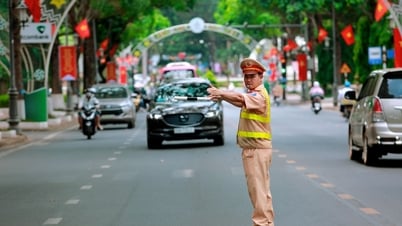





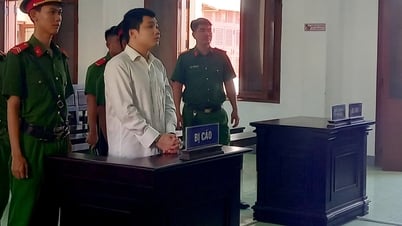






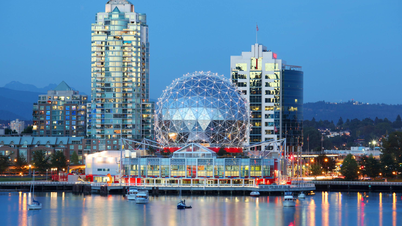





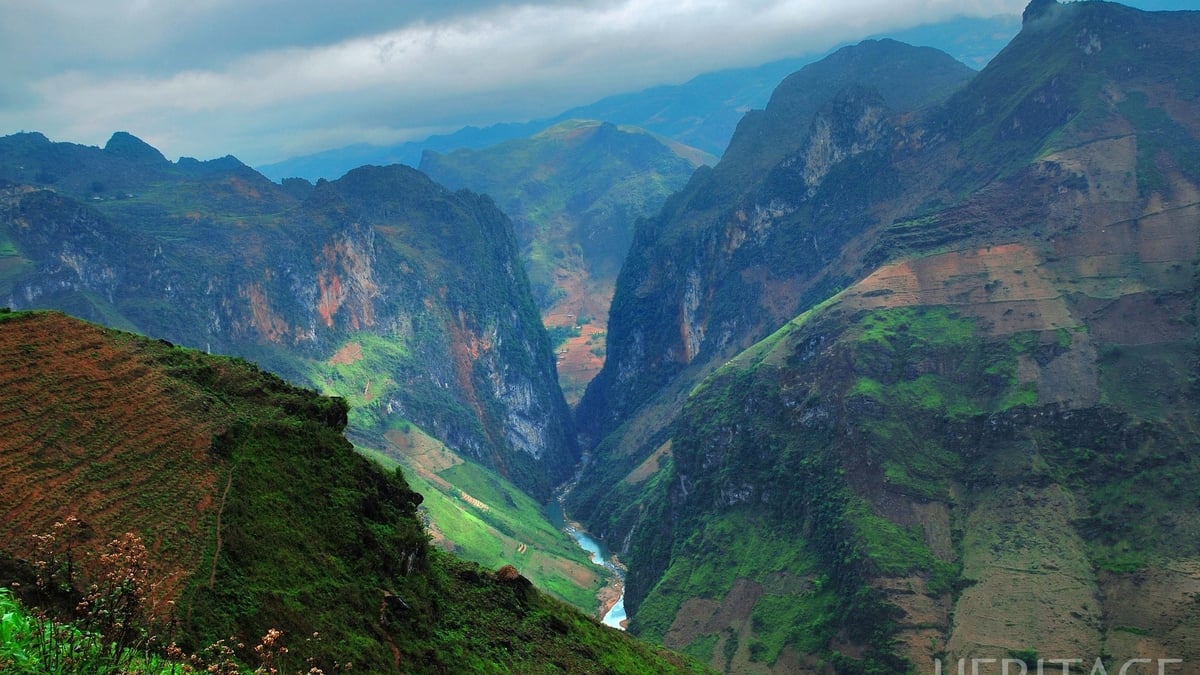


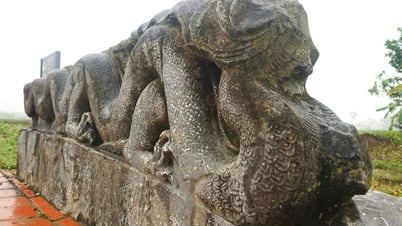
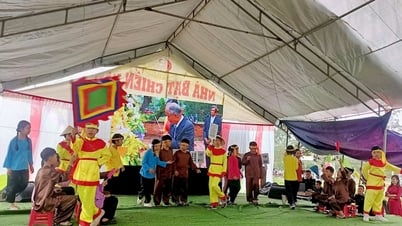



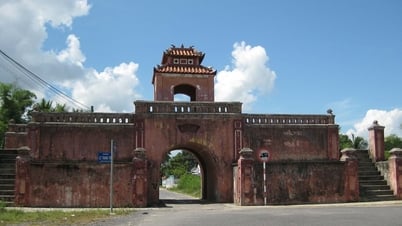





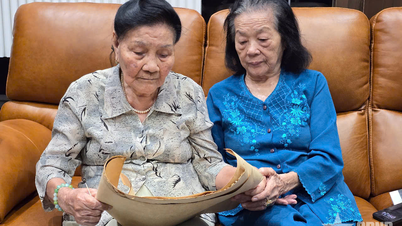













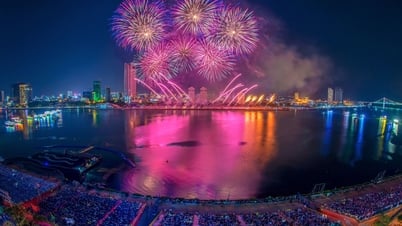







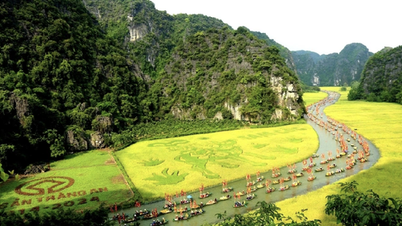

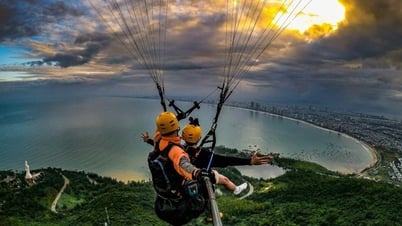


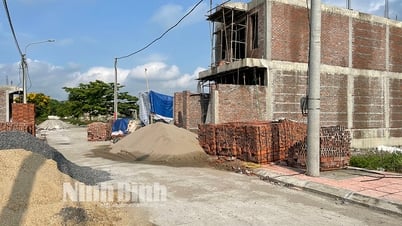

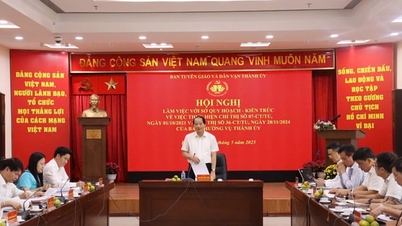



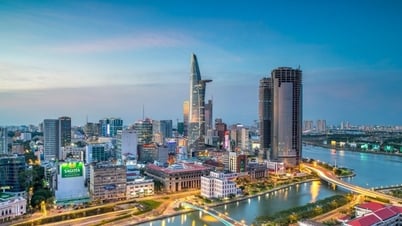
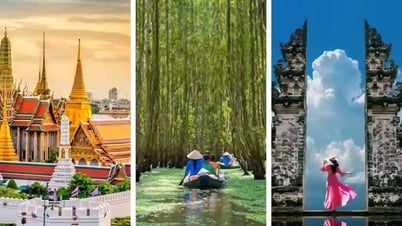












Comment (0)